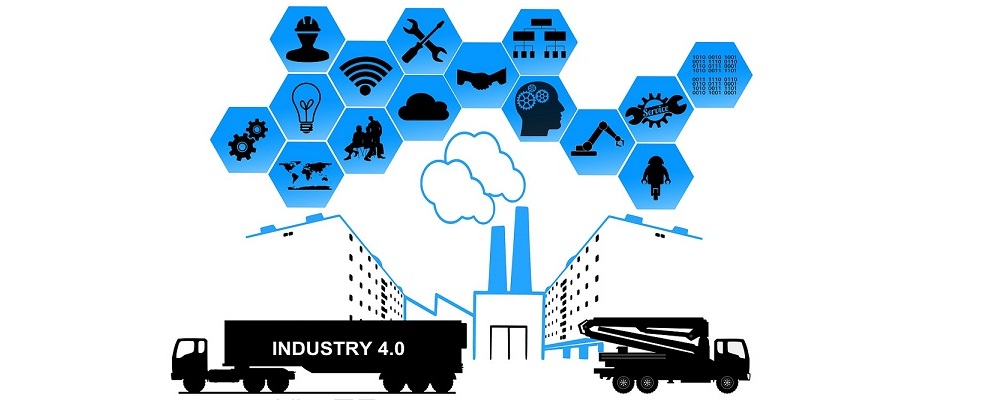Photorealistic simulator made MIT robot racing competition a live online experience
Every spring, the basement of the Ray and Maria Stata Center becomes a racetrack for tiny self-driving cars that tear through the halls one by one. Sprinting behind each car on foot is a team of three to six students, sometimes carrying wireless routers or open laptops extended out like Olympic torches. Lining the basement walls, their classmates cheer them on, knowing the effort it took to program the algorithms steering the cars around the course during this annual MIT autonomous racing competition. The competition is the final project for Course 6.141/16.405 (Robotics: Science and Systems). It’s an end-of-semester event that gets pulses speeding, and prizes are awarded for finishing different race courses with the fastest times out of 20 teams. With campus evacuated this spring due to the Covid-19 pandemic, however, not a single robotic car burned rubber in the Stata Center basement. Instead, a new race was on Continue reading Photorealistic simulator made MIT robot racing competition a live online experience

